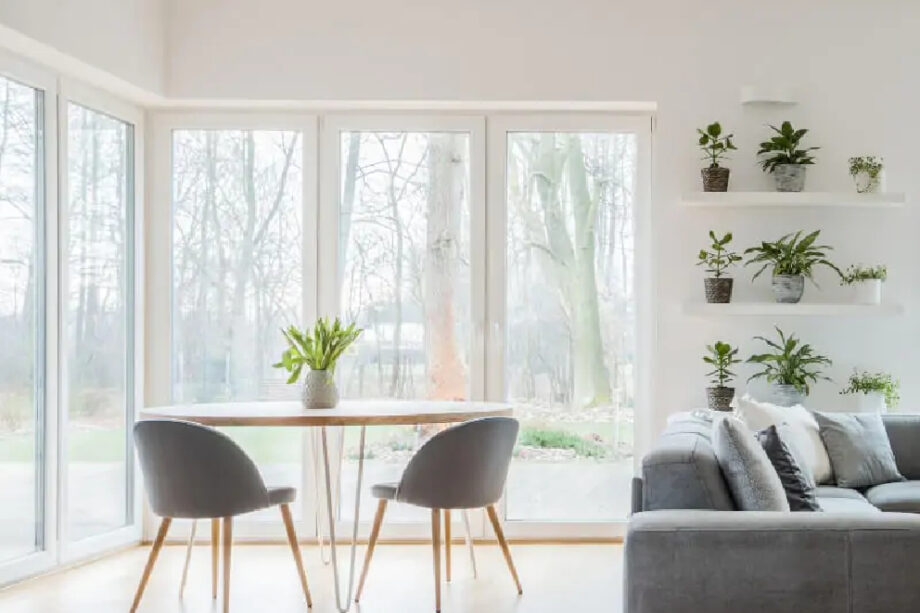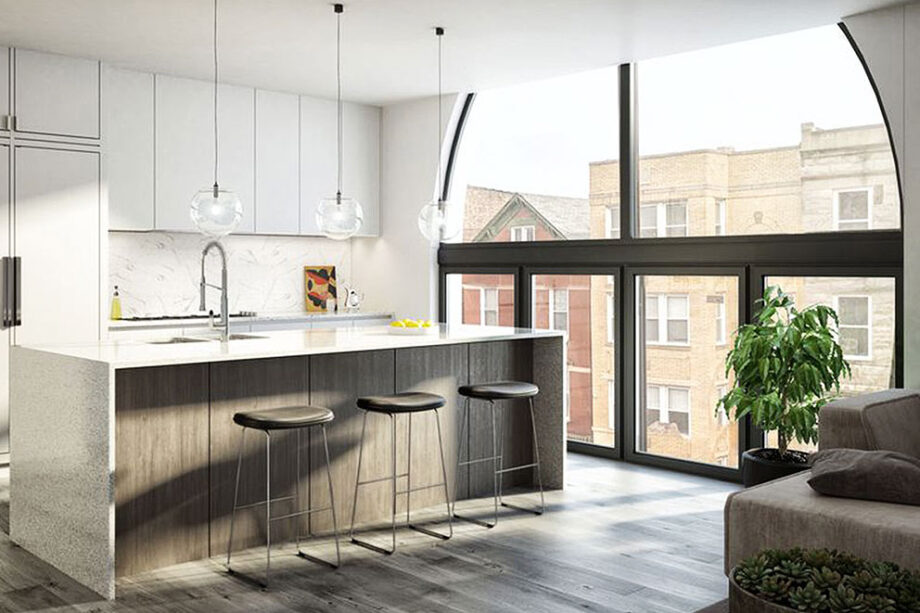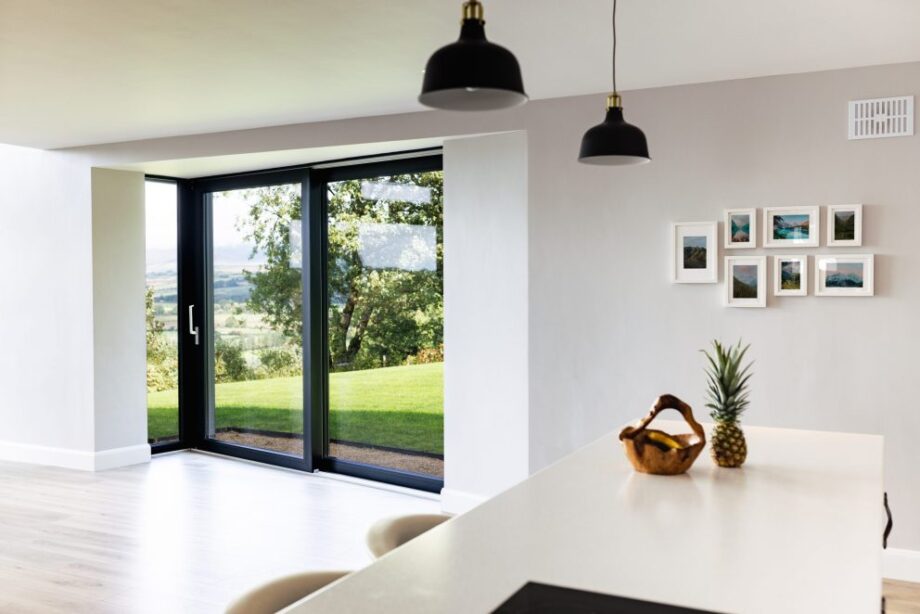Achieving Net-Zero Living: Passive House Standards That Are On The Rise
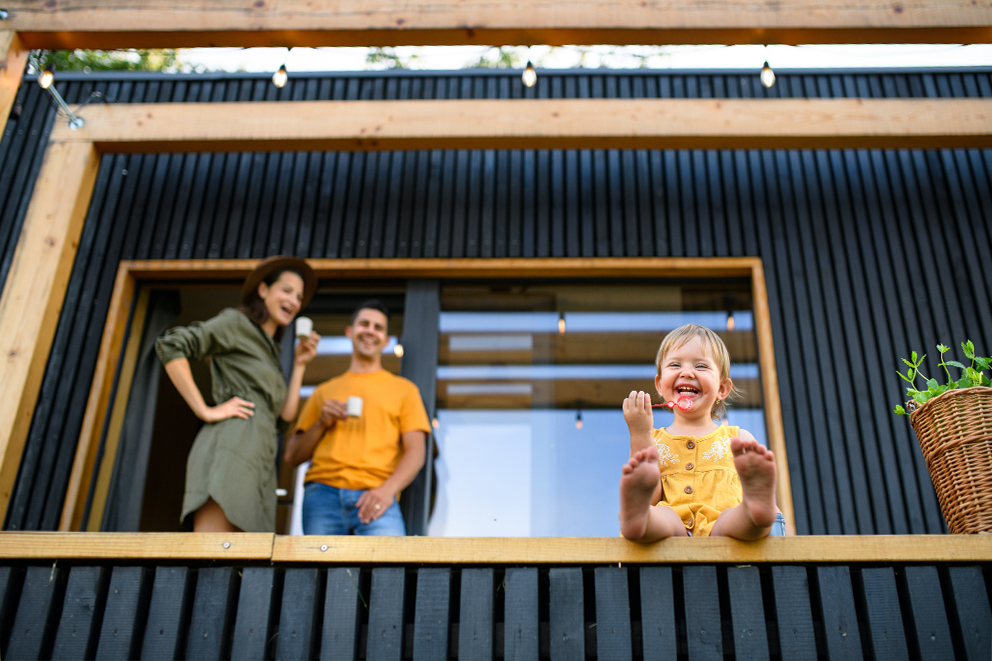
Net-zero living is gaining popularity for its balance of energy use and production. With rising energy costs and growing environmental awareness, it’s clear why this matters.
Enter the Passive House—a key to achieving net-zero living. These super-efficient homes use smart design and top-notch insulation to stay comfortable year-round with minimal energy. Think of a Passive House as a thermos for your home, maintaining warmth in winter and coolness in summer while providing fresh air.
As more people recognize the benefits, Passive house standards are becoming the go-to for energy-smart homes. Curious about how these homes work and why they’re the future of energy-efficient living? Read on to explore their standout features.
The rise of passive house standards
Passive houses are gaining momentum in the US construction industry, though we’re still catching up to Europe’s adoption rates. These super-efficient homes have been popular across the EU for years, and now they’re starting to make waves here too.
To give you an idea of how things are growing, the International Passive House Association reported over 100,000 certified Passive House buildings worldwide at the end of 2021. That’s a lot of energy-efficient homes!
In the US, we’re seeing some impressive progress too. According to the Passive House Institute US (PHIUS), in 2023, we had over 7.4 million square feet of certified Passive House projects. That’s more than 640 projects spread across the country. While we’re not quite at European levels yet, it’s clear that Passive Houses are on the rise.

Why all the buzz? Well, Passive Houses in the US use 75-95% less energy for heating and cooling compared to homes built to standard energy codes. That’s a game-changer for your energy bills and your carbon footprint.
Some cities are really leading the charge. Take New York City, for example. It’s home to some groundbreaking projects, including the 425 Grand Concourse in the Bronx. This project is currently the largest PHIUS-certified project to date, showing that Passive House principles can work on a large scale.
While Passive House standards aren’t uniform across all states, the trend is clear – more and more regions are recognizing the benefits and adapting their guidelines to encourage these ultra-efficient homes. Cities and states are implementing supportive policies and incentives to drive growth in this building standard.
As awareness grows and more success stories emerge, don’t be surprised if you start seeing more Passive Houses popping up in your neighborhood soon.
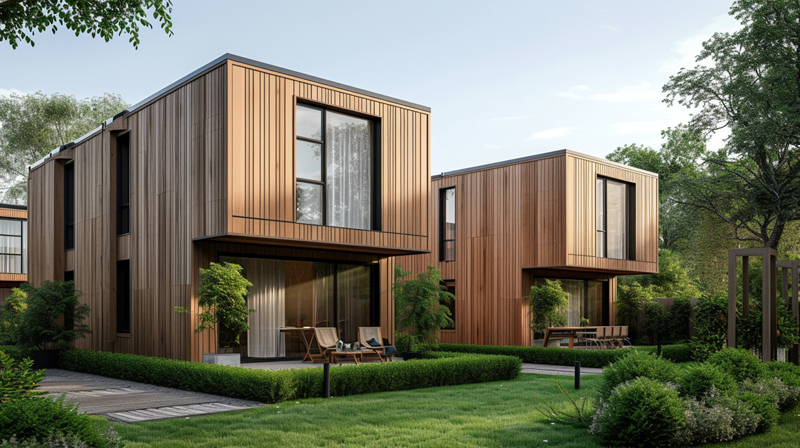
Investing in a passive house: is it worth it?
If you’re considering a Passive House, you’re probably wondering if the investment is worthwhile. Let’s look at the facts and benefits to help you decide.
Energy Savings: One of the biggest advantages of Passive Houses is their energy efficiency. These homes use 75-95% less energy for heating and cooling compared to standard homes built to energy codes. This translates to significantly lower energy bills over time.
Environmental Impact: By consuming less energy, Passive Houses can help reduce your carbon footprint. This aligns with efforts to combat climate change and promote sustainable living.
Cost Considerations: It’s important to note that building a Passive House might have higher upfront costs compared to conventional construction. However, the long-term energy savings can offset this initial investment over time.
Comfort and Air Quality: Passive Houses are designed to maintain consistent indoor temperatures and provide continuous fresh air through their ventilation systems. This can contribute to a more comfortable living environment and potentially better indoor air quality.
Durability: The robust building envelopes of Passive Houses are engineered to avoid moisture problems, which can lead to increased durability and potentially lower maintenance costs over time.
Noise Reduction: The thick insulation and high-performance windows in Passive Houses can help reduce external noise, potentially creating a quieter indoor environment.
Resilience: Passive Houses are designed to maintain safe indoor temperatures during power outages, which can be beneficial during extreme weather events.
Planning and Performance: While Passive Houses aim for high performance, it’s worth noting that careful planning and execution are crucial to achieve the desired results. The Passive House approach uses rigorous planning procedures to help minimize the performance gap between design and actual energy use.
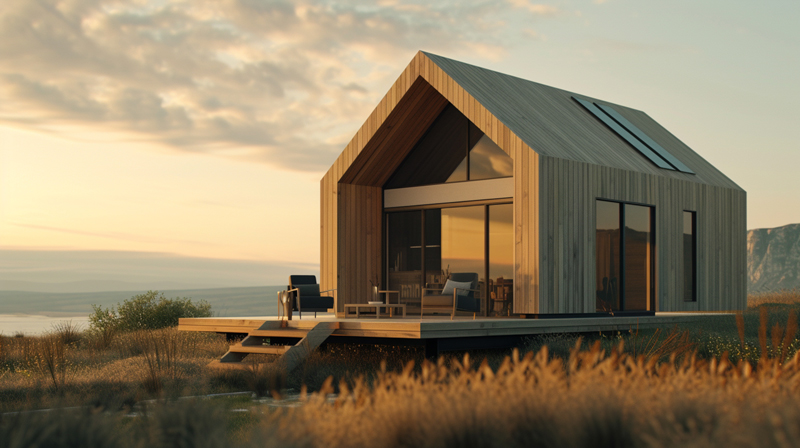
While Passive Houses offer many benefits, it’s important to consider your specific circumstances, including local climate, building costs, and long-term plans when deciding if it’s the right choice for you. Consulting with Passive House professionals can provide more detailed information tailored to your situation.
Remember, while Passive Houses can offer significant advantages, they’re not a one-size-fits-all solution. Your decision should be based on your personal goals, financial situation, and commitment to energy efficiency and sustainability.
Importance of energy-efficient windows and doors
When it comes to Passive Houses, windows and doors play a crucial role in energy efficiency – if they’re not doing their job properly, all your other energy-saving efforts could go to waste.
In a Passive House, windows and doors need to be top performers. They’re responsible for keeping the heat in during winter and out during summer, while also allowing natural light to flood your living spaces. It’s a tall order, but with the right products, it’s entirely achievable.
Let’s take a look at some energy-efficient options from OKNOPLAST that align well with Passive House standards:
OKNOPLAST’s PAVA window is a standout choice. It combines multi-chamber European window profiles with steel reinforcements for durability. But here’s where it gets interesting – they use a dry glass bonding technology called STV. This essentially turns the glass and the profile into one super-strong unit.
The PAVA window boasts impressive specs:
- Thermal transmittance (U-Factor) of 0.14-0.21, which is excellent for keeping your home’s temperature stable
- Sound Transmission Class (STC) of 32-46, helping to keep outside noise where it belongs – outside
- It’s even recommended by PHIUS (Passive House Institute US) for Passive House projects
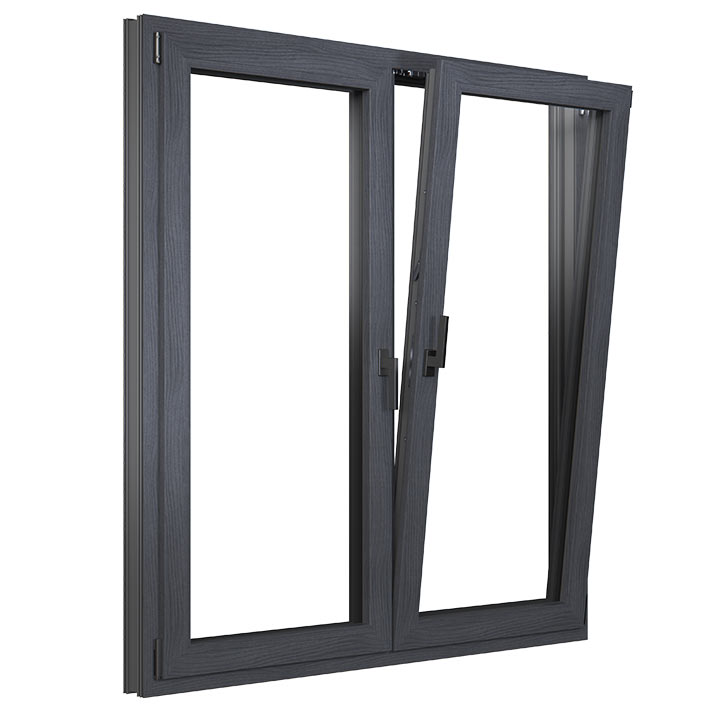
For patio doors, OKNOPLAST offers the HORIZON Lift & Slide Patio Door. These doors are designed with modern architecture in mind, allowing for large glazed areas that let in plenty of natural light.
Key features include:
- Thermal transmittance (U-Factor) of 0.18-0.29, contributing to the overall energy efficiency of your home
- Sound Transmission Class (STC) of 37-40, providing good sound insulation
- A low threshold that’s flush with the floor, making it easily accessible
- Micro-ventilation feature for optimal air exchange
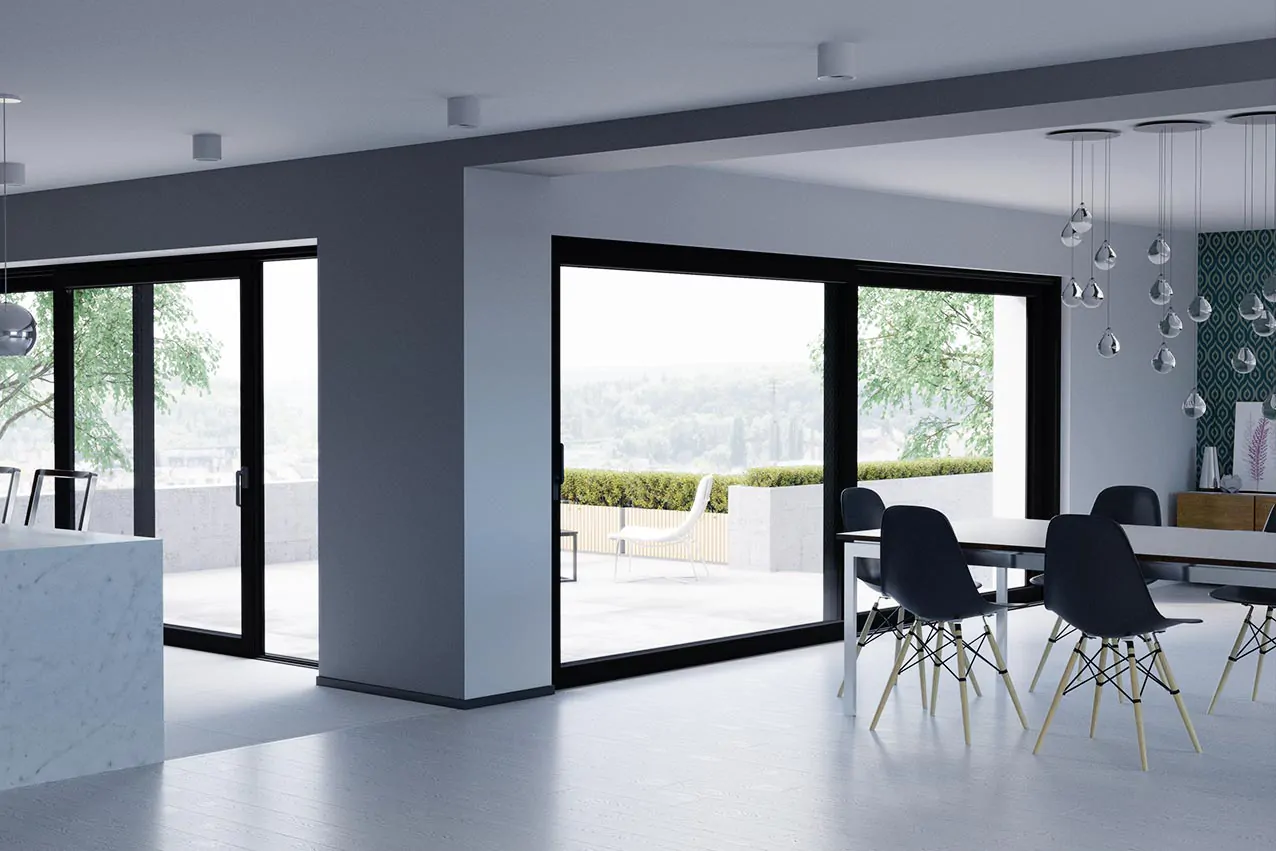
Both these products align well with Passive House standards by offering excellent thermal insulation, which is crucial for maintaining the consistent indoor temperature that Passive Houses are known for. The high-quality seals and gaskets in these windows and doors also contribute to the airtightness required in a Passive House.
Remember, in a Passive House, every component needs to work together to create an energy-efficient whole. By choosing high-performance windows and doors like these, you’re taking a big step towards achieving those Passive House standards and creating a comfortable, energy-efficient living space.
Trust in experts
Ready to take the next step toward your Passive House dream? The right windows and doors can make all the difference, and seeing is believing. That’s why we invite you to visit one of OKNOPLAST’s dealer showrooms.
Our specialists are ready to help you find the perfect solution for your Passive House project. They can walk you through our energy-efficient options, demonstrate how our windows and doors work, and answer any questions you might have. Whether you’re just starting to explore Passive House concepts or you’re ready to make a decision, our team can provide the guidance you need.
Don’t leave your home’s energy efficiency to chance. Stop by an OKNOPLAST dealer showroom and let’s work together to make your Passive House vision a reality. Your comfortable, energy-efficient future is just a visit away!
We’re here to support you at every stage
Request a quote, consult your project, or simply ask us anything—we’re ready to help make your vision a reality.
Send a request
"*" indicates required fields


